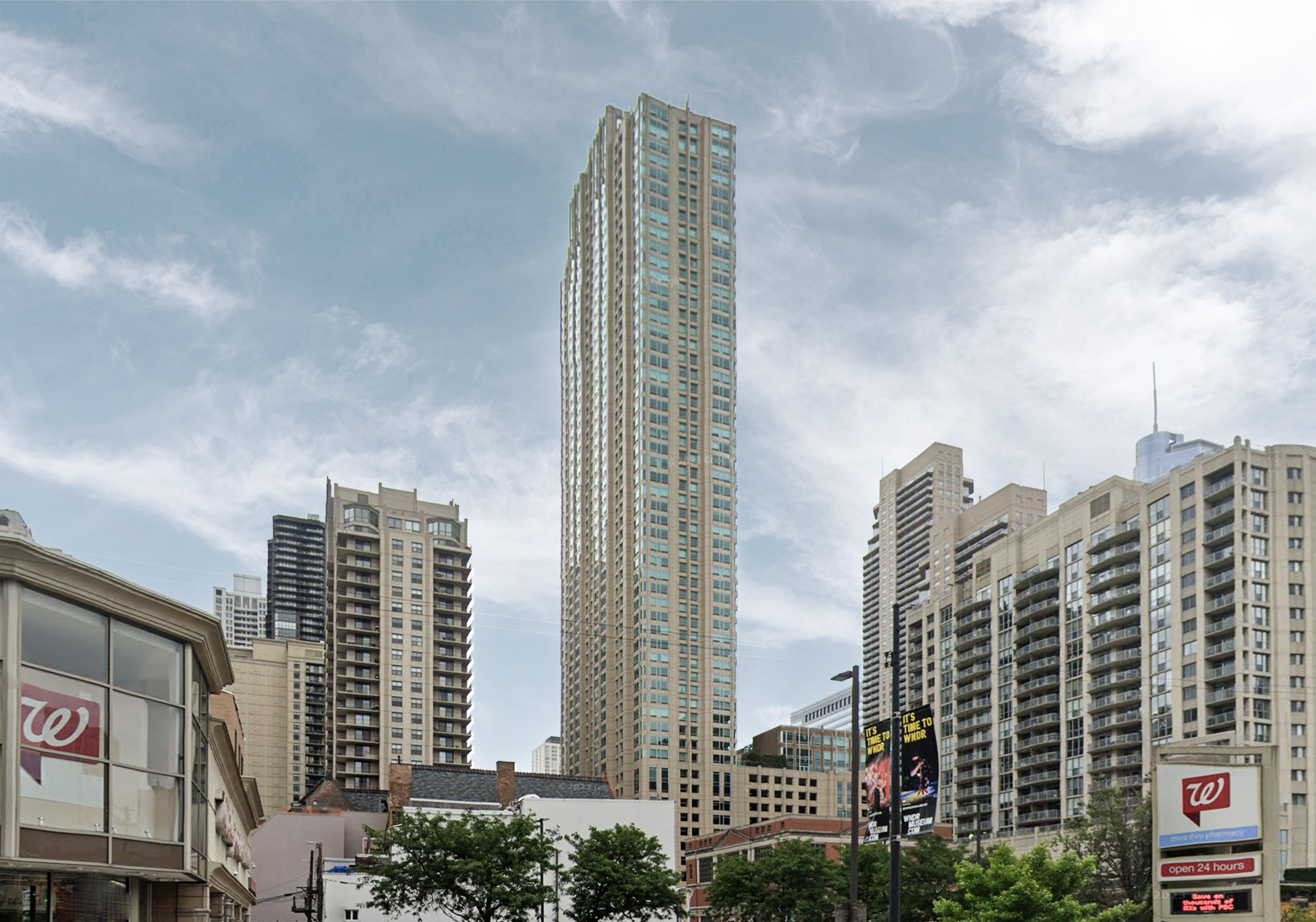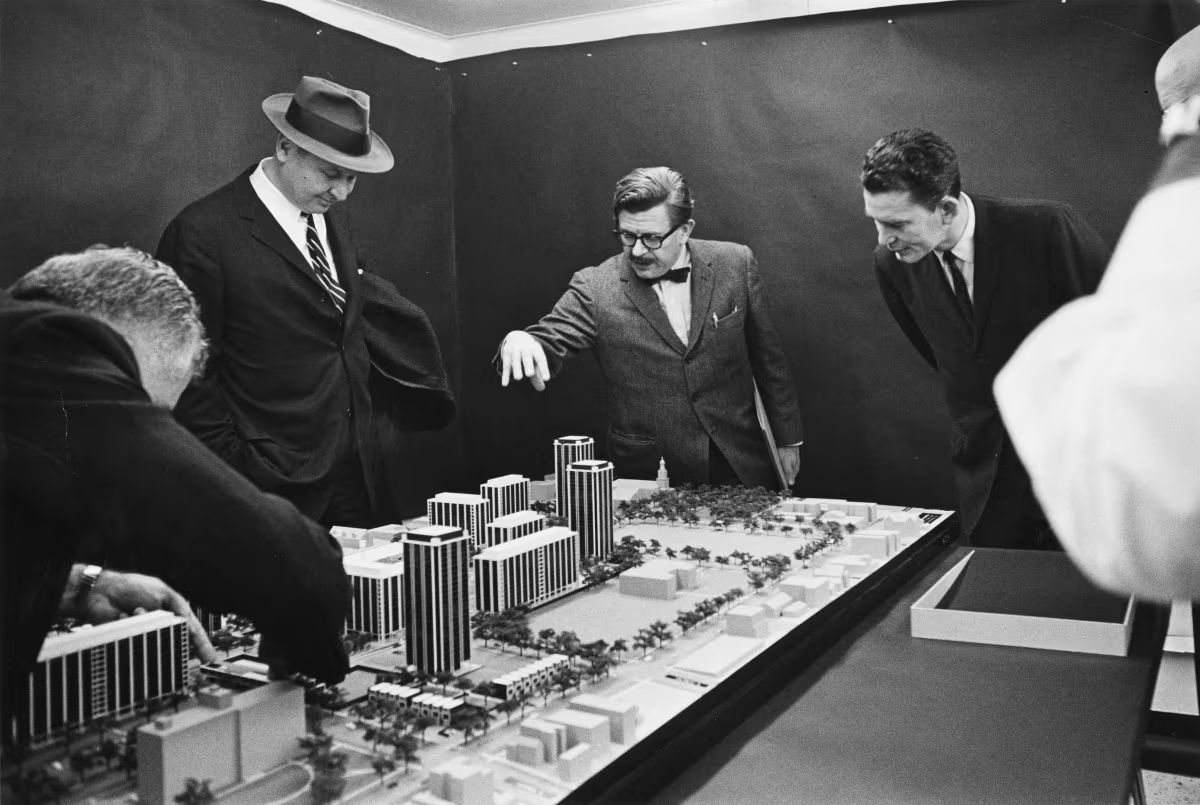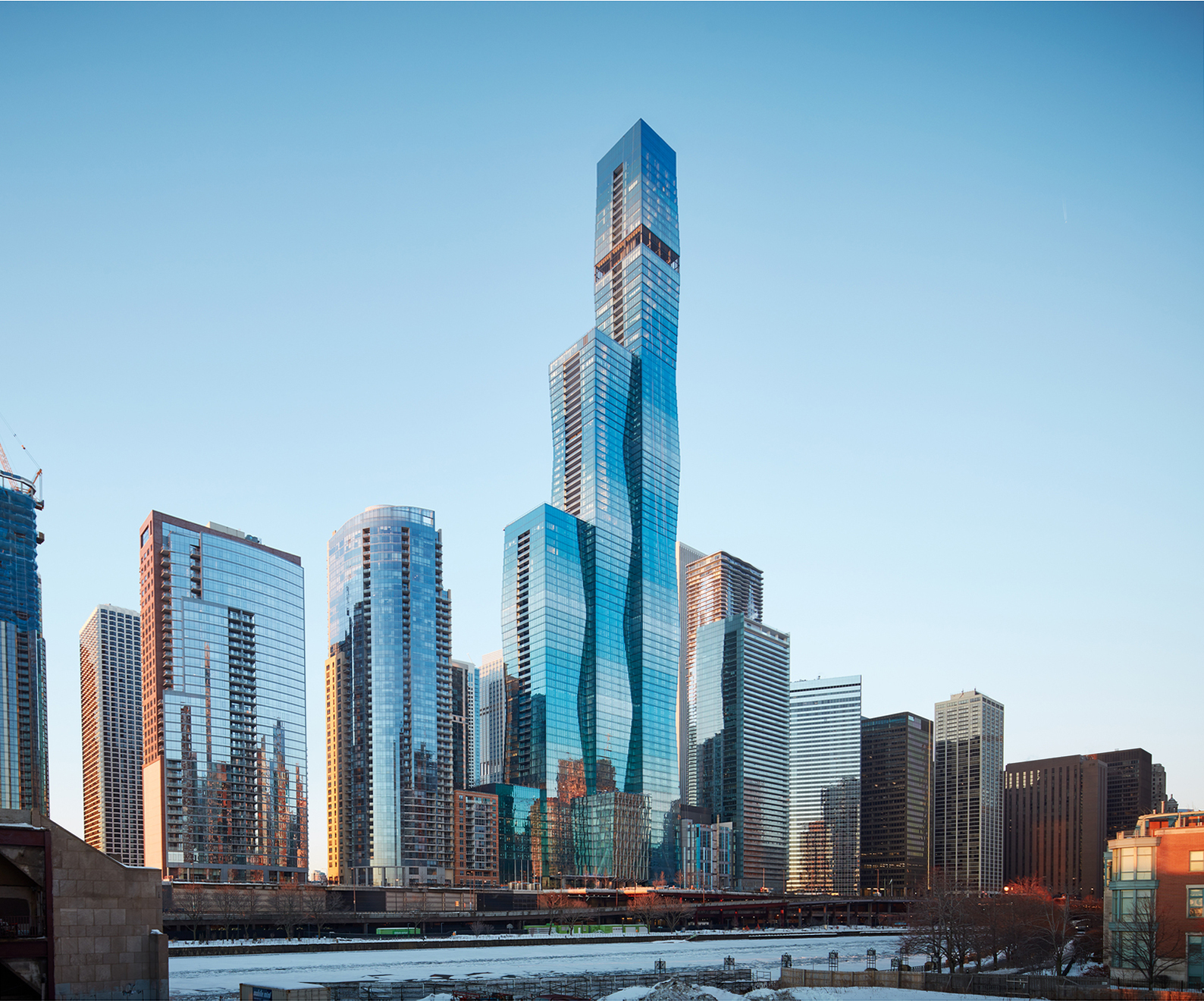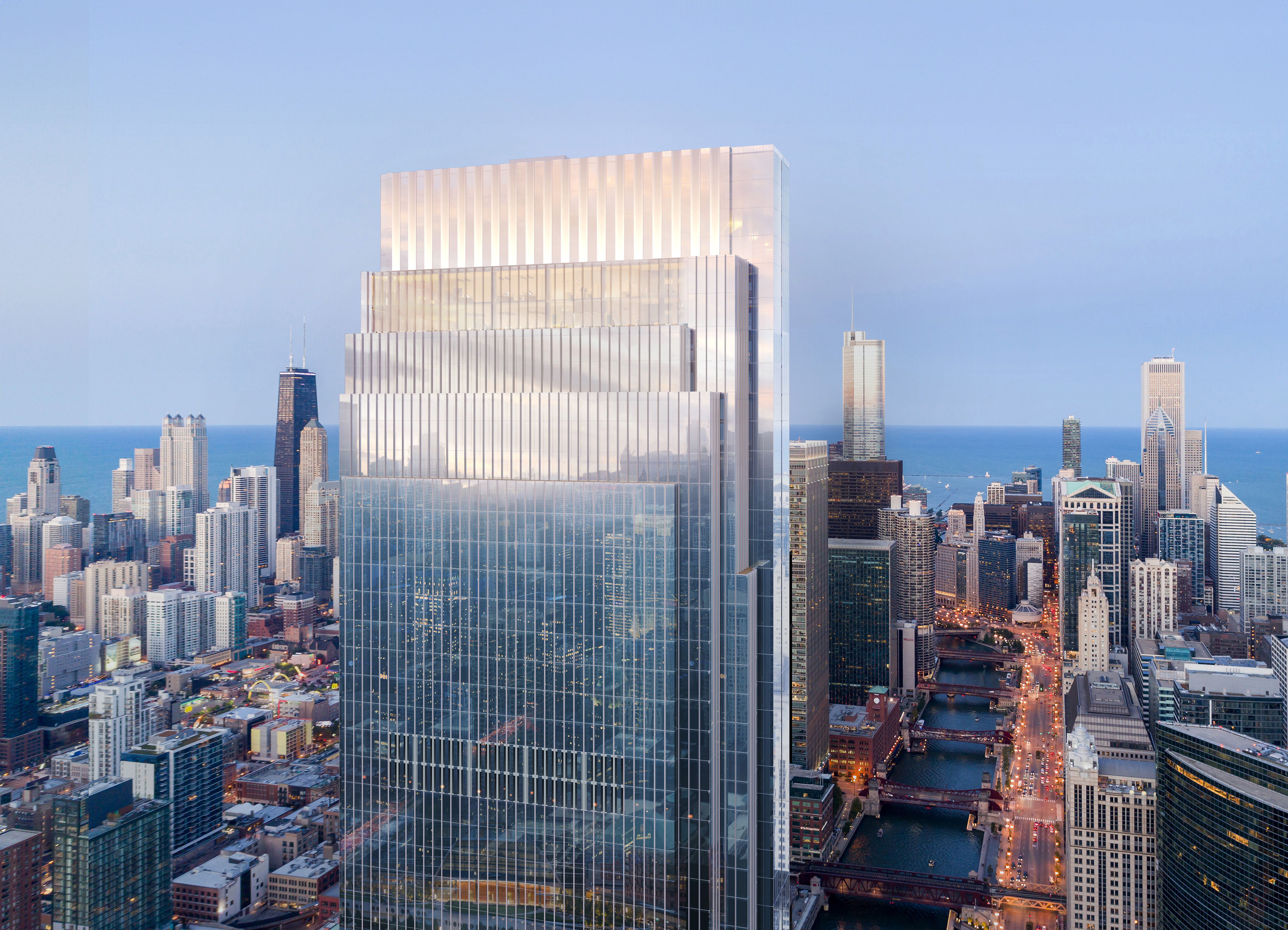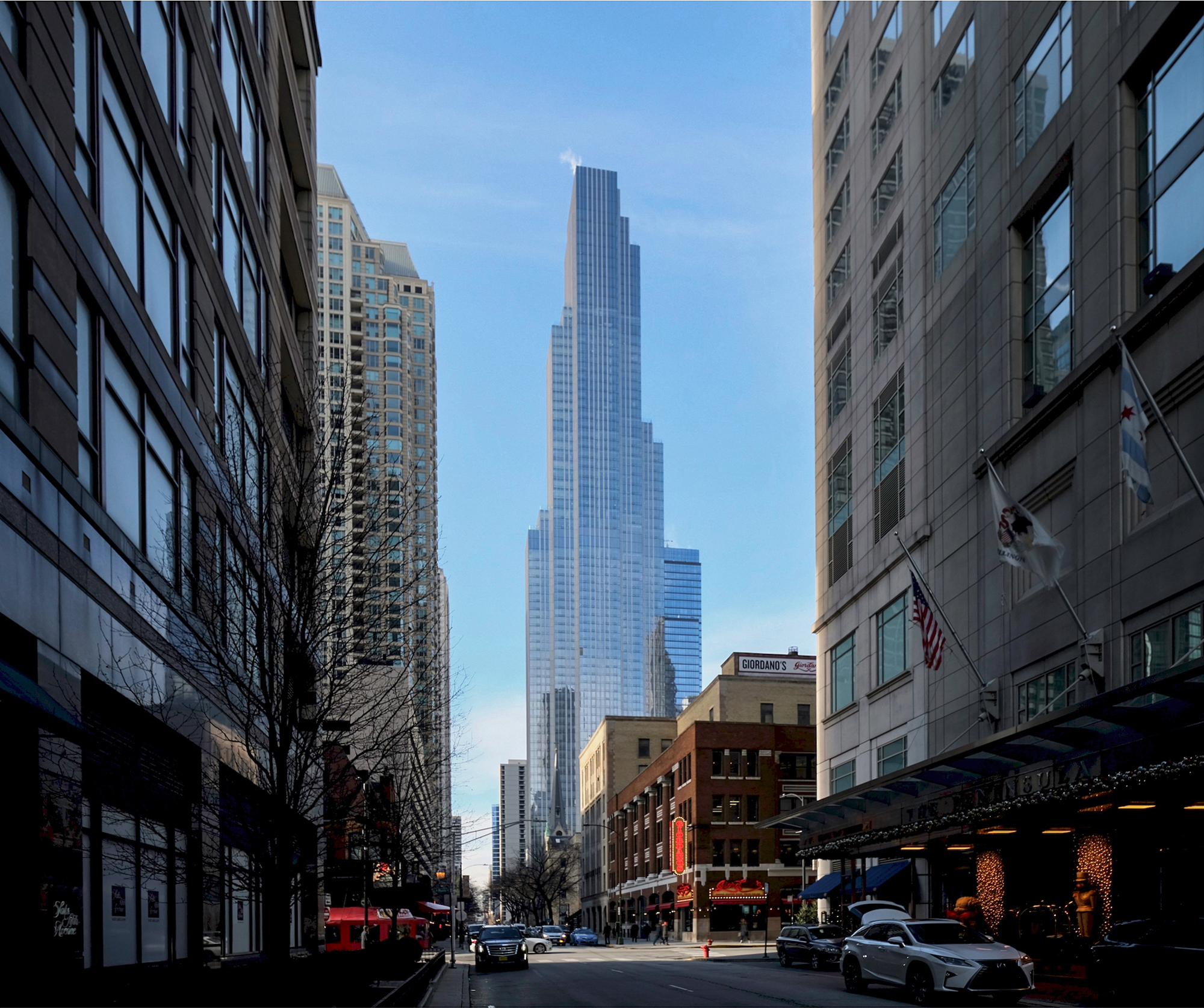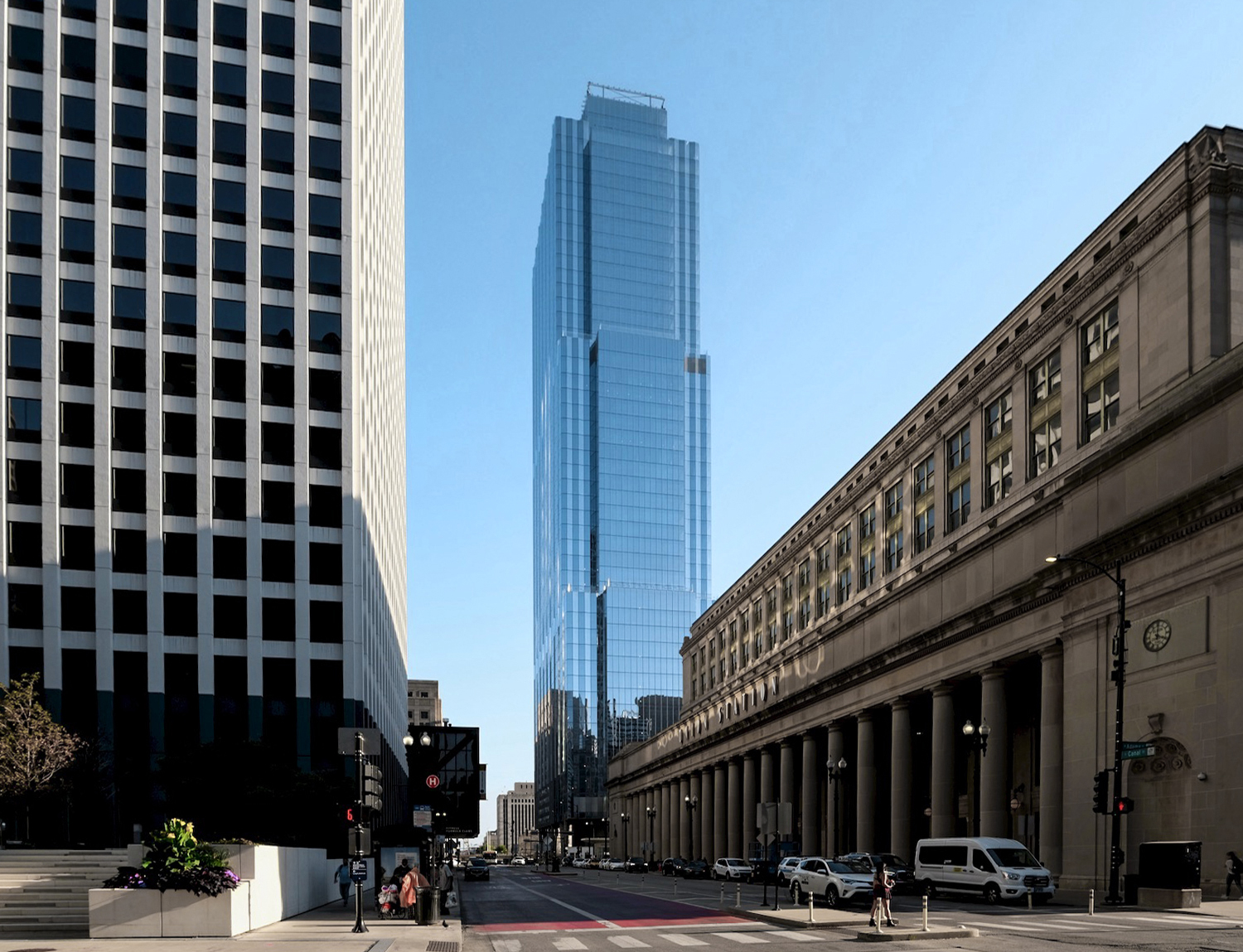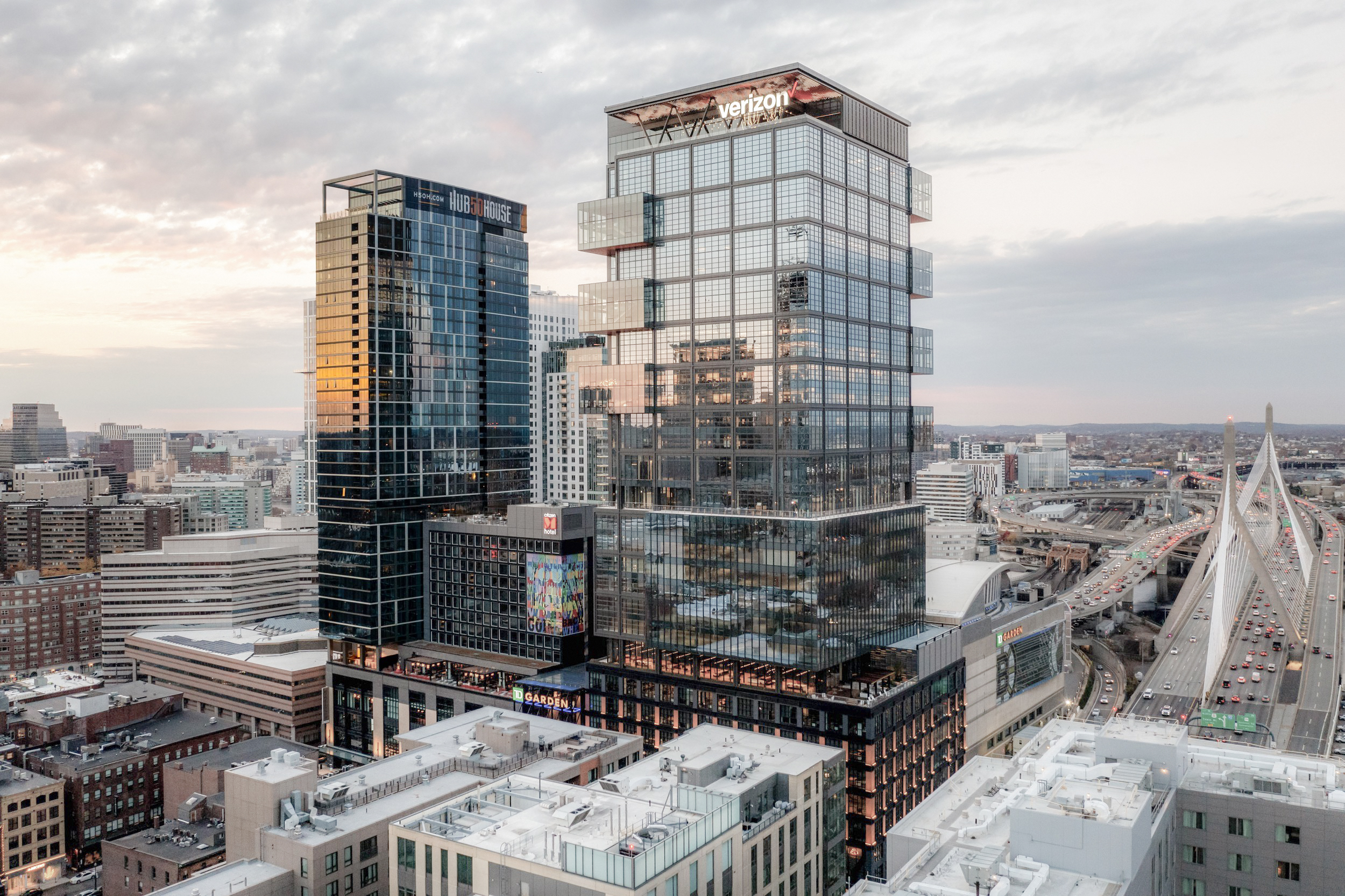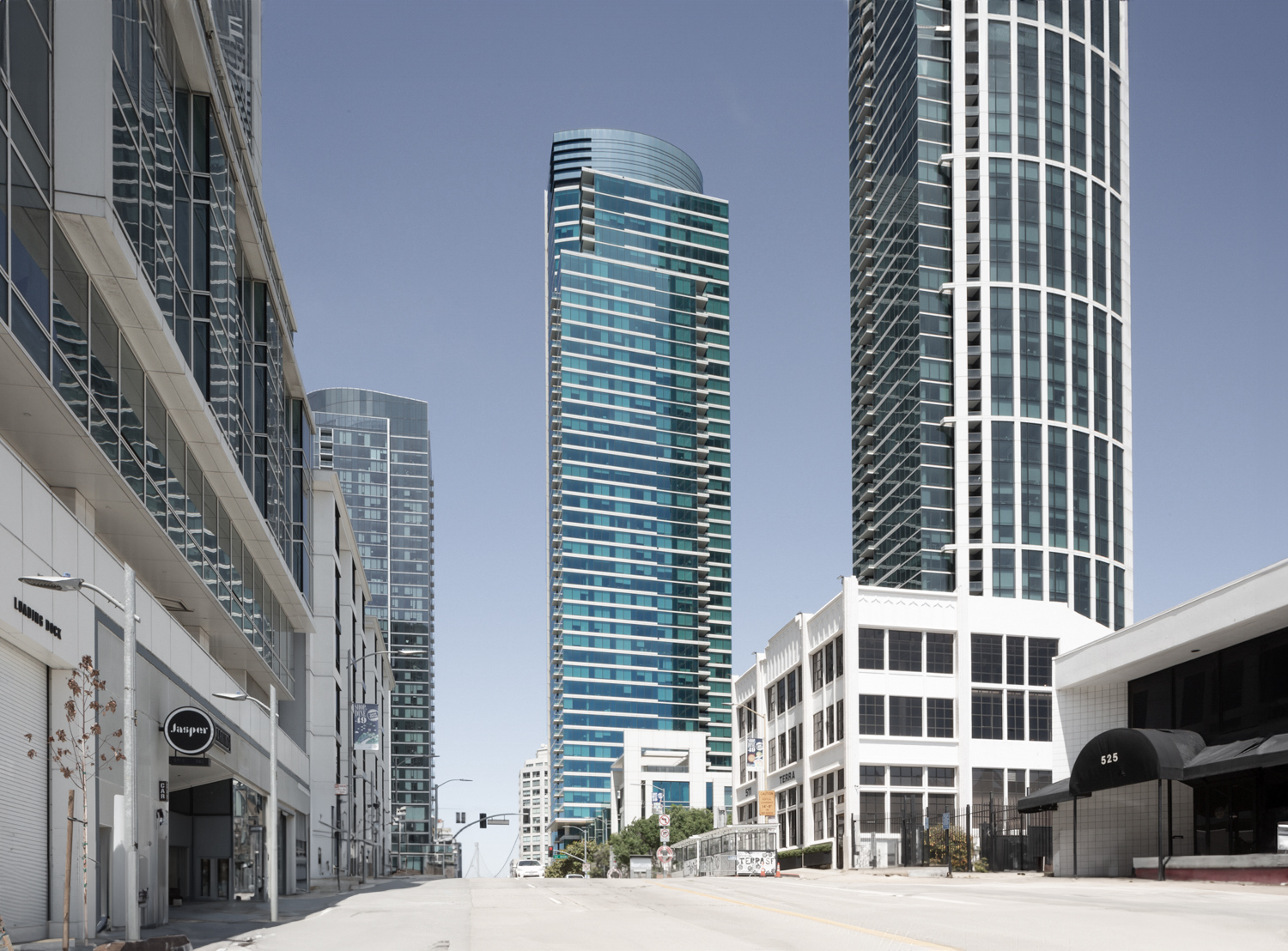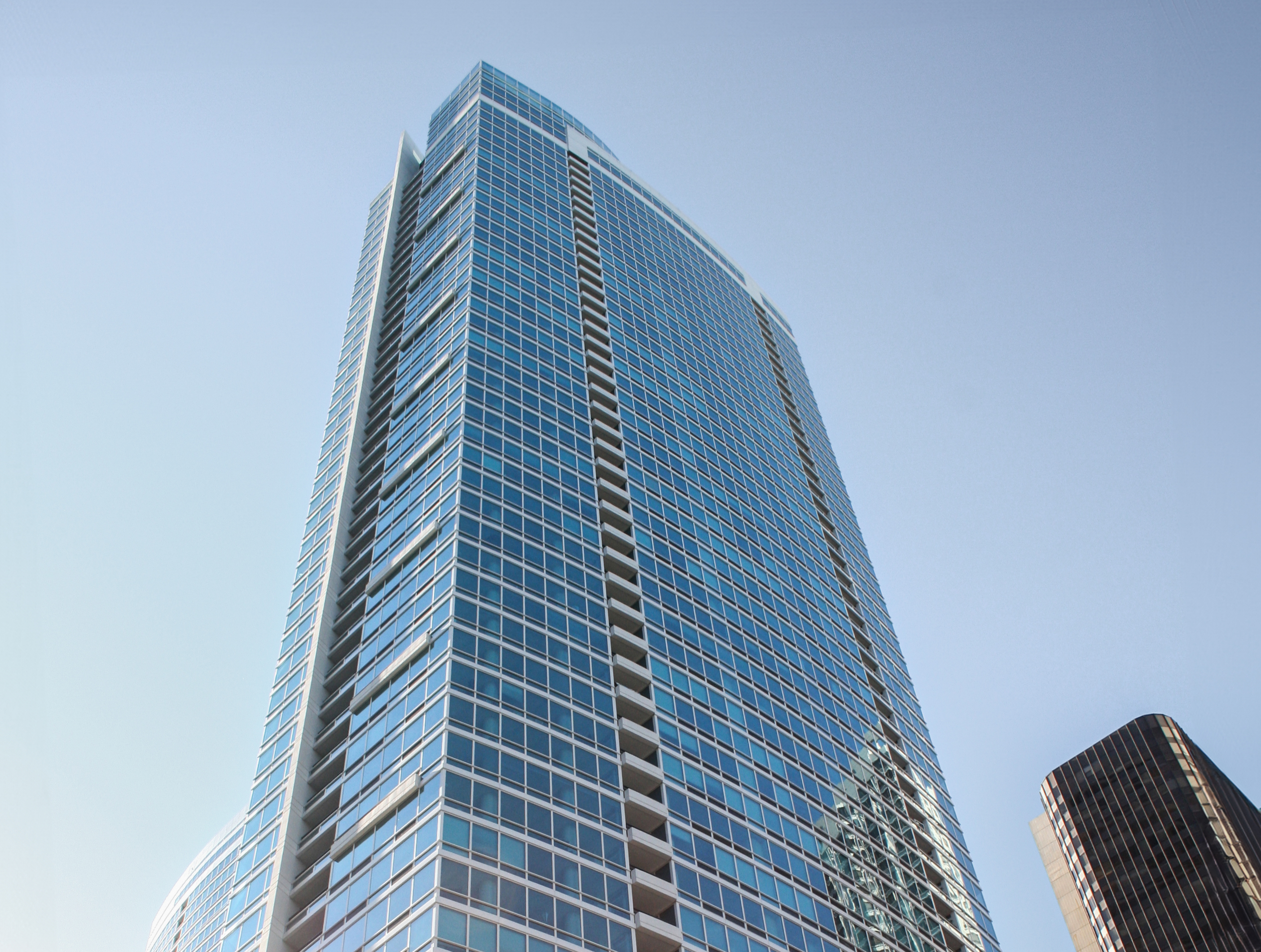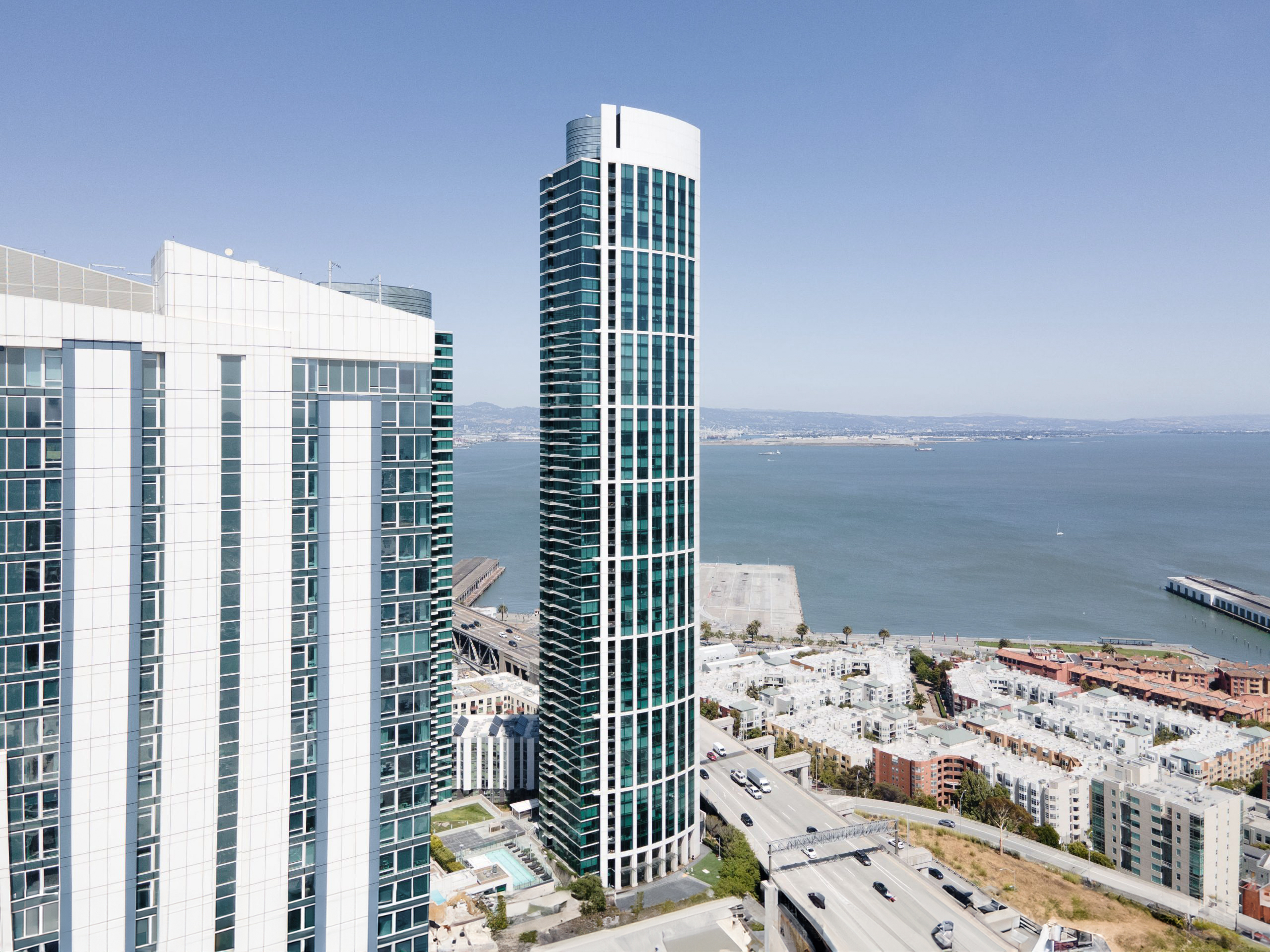The Millennium Centre is a Contemporary skyscraper designed by Solomon Cordwell Buenz, and built between 2001 and 2003 in Chicago, IL.
Its precise street address is 33 West Ontario Street, Chicago, IL. You can also find it on the map here.
When details were released about the proposed structure for the Millenium Center in September of 2000, it took only 2 days to sell 95% of the 341 proposed residential units. This was even before the city of Chicago had granted approval for the building's construction .
